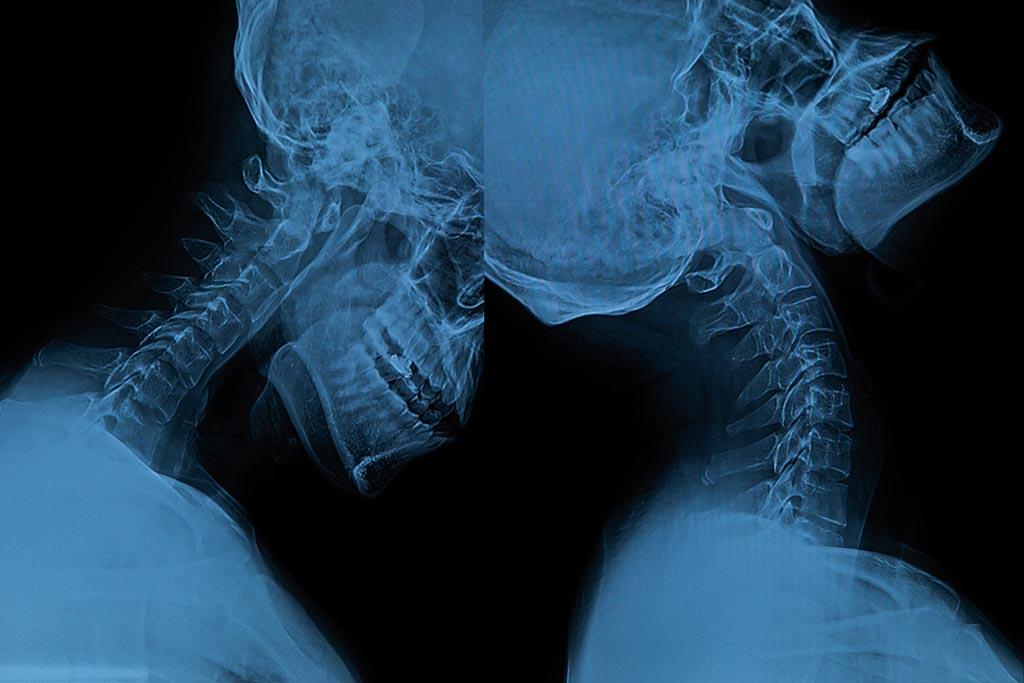While lawmakers in Congress don’t agree on many issues, it has been encouraging for California bicycle accident lawyers to find consensus on important traumatic brain injury legislation.
Traumatic brain injury is a serious public health issue in this country. In June, the House Of Representatives unanimously the Traumatic Brain Injury Reauthorization Act. This is an important piece of legislation that has not received heavy publicity in the media, but is likely to impact public health policy in the United States for several years to come.
This legislation is designed to provide resources to persons who suffer from traumatic brain injury, and also increase investments in education and research on traumatic brain injury, its treatment and prevention. The bill has been approved by the Of Representatives, and will now move on to the Senate. We hope the Senate will also approve the bill.
As many as 2 million Americans in the United States suffer from brain injury, and are currently living with these traumatic injuries. However, much of the public spotlight on these injuries tends to focus on injuries suffered by veterans, especially those returning from combat duty in Iraq and Afghanistan. It is also important to understand that the ordinary American is much more likely to suffer a brain injury in a slip and fall accident or a bicycle accident than on the battlefield. Every day, Americans suffer brain injuries when they tumble downstairs, play sports like football, or perform everyday tasks.
You can reduce your risk of suffering a traumatic brain injury. Wear a helmet while riding a motorcycle or bicycle. Only wear a helmet that is strong, sturdy, meets federal specifications and is manufactured by a reputed manufacturer. “Fall-proof “ your home especially if you’re a senior citizen.



